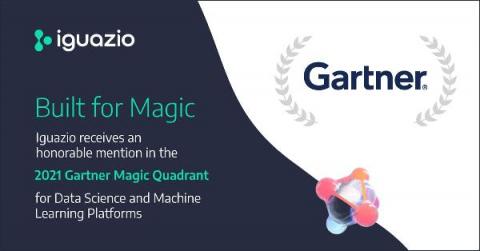How to Tap into Higher-Level Abstraction, Efficiency & Automation to Simplify your AI/ML Journey
You’ve already figured out that your data science team cannot keep developing models on their laptops or a managed automated machine learning (AutoML) service and keep their models there. You want to put artificial intelligence (AI) and machine learning (ML) into action and solve real business problems.



